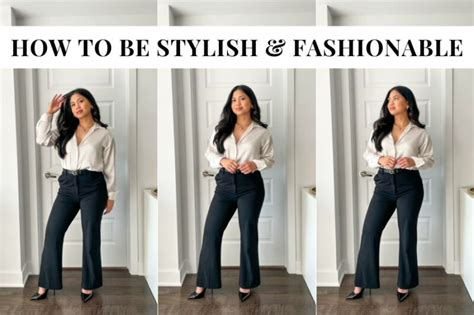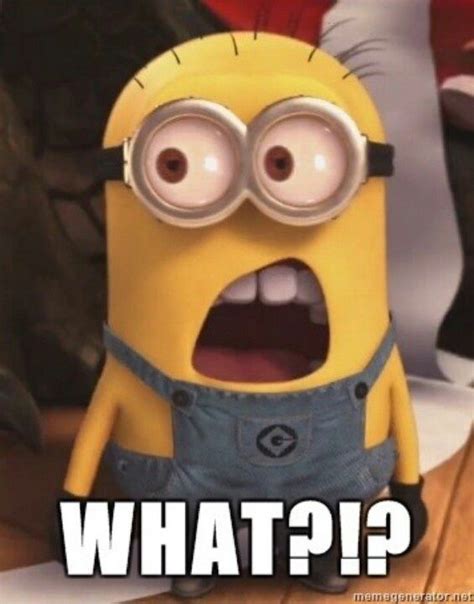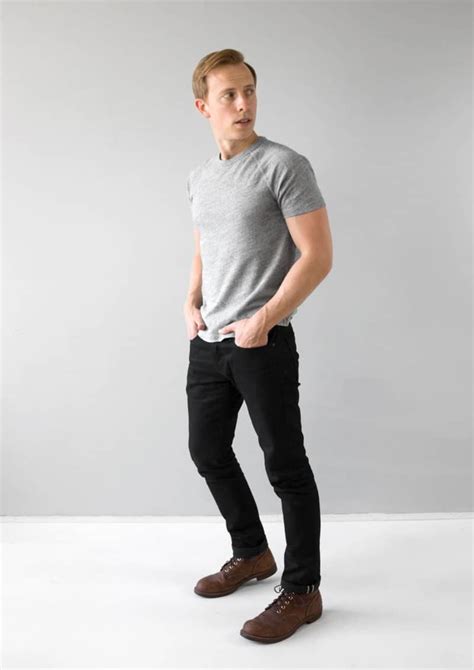In the evolving landscape of men’s fashion, the “smart casual” dress code has emerged as a fertile ground for personal expression. While traditional guidelines often suggest cohesion and subtle coordination, a growing trend embraces the deliberate misalignment of patterns. This isn’t merely an accident of dressing, but a conscious choice to create a visual dynamic that can profoundly alter a man’s aesthetic impact. So, what exactly is the stylistic resonance of this bold sartorial move?
The Intentional Disruption of Harmony
At its core, deliberately mismatched patterns challenge the conventional notion of a ‘put-together’ look. Instead of presenting a seamless, understated whole, the ensemble introduces a calculated disruption. This disruption, when executed thoughtfully, signals a wearer who is confident enough to bend established rules, injecting a playful yet sophisticated edge into his attire. It’s a subtle rebellion against uniformity, transforming the wearer from follower to trendsetter.

A Testament to Confidence and Creative Flair
The immediate impact of successful pattern mixing is an undeniable sense of confidence. It suggests a wearer who is not only comfortable in his own skin but also possesses a keen understanding of fashion’s nuances – moving beyond basic color theory to a mastery of texture, scale, and visual interest. This creative flair elevates an outfit from merely functional to genuinely expressive, showcasing personality and an eye for detail that transcends the ordinary.
It’s about demonstrating an ability to balance seemingly contradictory elements, turning potential visual clutter into a harmonious, albeit unconventional, statement. The ensemble becomes a canvas for individual style, allowing different facets of one’s personality to shine through.

Mastering the Mismatch: Key Considerations
Achieving a stylish mismatch is not about throwing any two patterns together. It requires an astute awareness of several factors:
- Scale: This is perhaps the most critical element. Pairing a large, bold pattern (like a wide windowpane check) with a small, subtle one (like a micro-dot or thin stripe) creates visual separation and prevents the patterns from competing aggressively.
- Color Palette: Even with different patterns, a unifying color scheme is essential. This could mean using patterns that share a common background color, or selecting complementary colors that tie the ensemble together without being overtly matching.
- Texture: Varying textures can add another layer of sophistication to pattern mixing. A patterned silk pocket square alongside a wool patterned blazer, for instance, offers both visual and tactile interest.

Avoiding the Pitfalls: From Cluttered to Coherent
While the goal is deliberate mismatch, the danger lies in appearing haphazard or sartorially confused. Overdoing it with too many patterns, or choosing patterns that clash violently in both color and scale, can quickly devolve into a fashion disaster. A good rule of thumb is to limit yourself to two or three patterns, ensuring that at least one solid element is present to ground the outfit.
Furthermore, understanding the “weight” of patterns is crucial. Busy, high-contrast patterns draw more attention, while subtle, low-contrast patterns recede. Using this knowledge allows you to strategically place patterns to highlight certain areas or create a desired visual flow.

Conclusion: A Statement of Modern Sophistication
In conclusion, the deliberate use of mismatched patterns in a man’s smart casual ensemble is far more than a passing trend; it’s a sophisticated method of personal expression. When handled with discernment, it transforms an outfit into a dynamic statement of confidence, creativity, and a nuanced understanding of contemporary style. It allows the wearer to transcend traditional boundaries, creating a unique and memorable aesthetic that is both daring and distinctly dapper.





